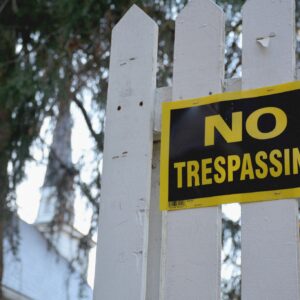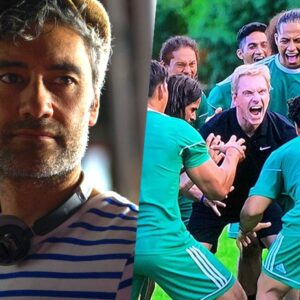
In October 2014, Elizabeth Doxtater, better known as Bets, opened Everything Cornhusk in the plaza right in the center of Ohsweken.
We’re so tiny many people don’t know how much is in here. It’s a gallery, just as much as a little shop,” Bets says.
Everything Cornhusk is much more than that. It is also a reflection of traditional stories and values, a collection of cultural pieces of artwork. Stepping into the shop and seeing the beautiful, lovingly crafted pieces is a wonderful visual experience in and of itself — not to mention a great way to learn some oral traditions and stories.
Bets explained that her family has been making cornhusk dolls “since forever”. Her house was getting filled with too many items, so she opened up a gallery/shop. Throughout the years, the pieces have proved to serve as great educational tools, as well as a way of preserving a historically oral tradition from being lost due to colonization.

Bets developed cornhusk doll creations outlining the Peacemaker’s Journey a few years back. This 16-piece set retelling the Peacemaker’s Journey has traveled around and been appreciated and enjoyed by many.
For many, the faceless cornhusk doll is a central part of our art and history. Bets explains the story behind its featureless face: “The soft husk of the corn plant was used to make a beautiful cornhusk doll.
The doll was instructed to play with all the children and keep them entertained. She traveled to many villages and the children loved her. Many people would comment on her beauty. Soon the doll forgot about her duties and spent long hours by the water, admiring her reflection. Her face was removed to remind the people to remain humble and not to become obsessed with appearance, as true beauty is found in fulling your commitments. To this day, the cornhusk doll remains faceless.”

Along with the magnificent and extremely detailed showcase of the Peacemaker’s Journey, there is a physical mapping of his journey through Haudenosaunee territories, displayed on the ‘Map of the Territorial Divisions of the Aboriginals of New York from the 1600s. The gallery is filled with artwork and teachings about the origins of cornhusk dolls, the thanksgiving Address, dreamcatchers, beadwork, and three three Sisters, to name a few. The work really does speak for itself; these pictures cannot fully capture the detail or beauty of the art found at Everything Cornhusk.
Bets has displayed her artwork in other places, and can make the pieces available for travel to display in schools, museums and other events. Her acrylic painting ‘Mona Lisa Makes a Basket’ was highlighted in the World’s Leading American Indian Arts Alliance Magazine. It was also displayed at the Iroquois Indian Museum in 2014. Another one of Bets’ pieces was featured in Studio Magazine for Craft and Design in California: a rather fun, creative piece she completed in 2012 called, ‘Walking the Two Row.’ It features Kneehigh basketball shoes with colorful beads running alongside the laces (the beading took many hours).
Bets has also created a beautifully-illustrated card deck to help build traditional language and math skills. This deck can serve as ash cards or be used for different games.
Bets also offers cornhusk doll and bracelet making workshops, along with teachings. For more information about the store, workshops, and anything else cornhusk, call 519- 445-0156, or email info@ cornhuskdolls.ca.











